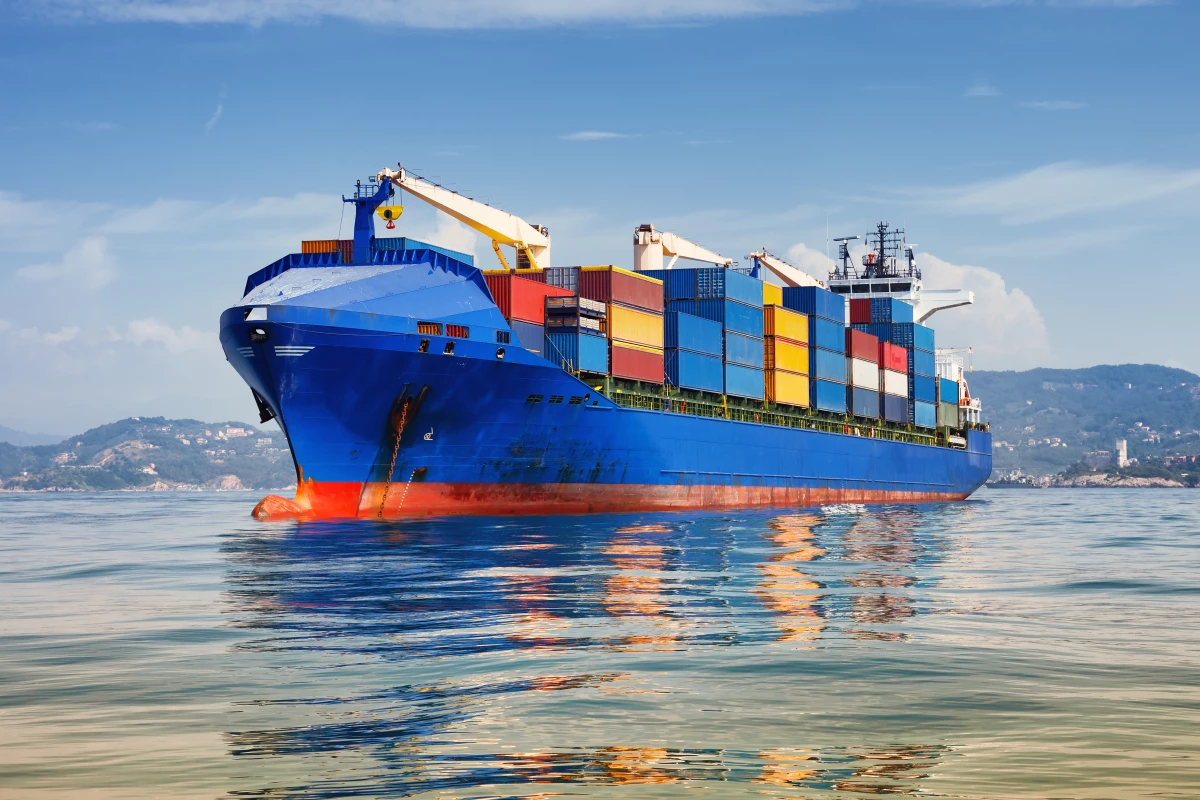When we hear about microplastic particles polluting the ocean, the usual suspected sources are degraded consumer plastic goods and synthetic textile fibers from washing machines. A new study, however, suggests that much of the blame lies with protective hull coatings on ships.
Led by Dr. Barbara Scholz-Boettcher, a team from Germany's University of Oldenburg started by collecting water samples from a region of the North Sea known as the German Bight. The samples were collected in the autumns of 2016 and 2017 from various locations in the bight, which encompasses some of the world's busiest shipping lanes.
Utilizing stainless steel sieves, the scientists proceeded to filter sub-millimeter-sized plastic particles out of the water samples. Those particles were then heated to nearly 600 ºC (1,112 ºF), causing them to break down into even smaller fragments that could be chemically identified. In this way, it was possible to not only count the number of particles in the water, but also to determine which types of plastic made up what percentages of the total combined particle mass.
It was found that while packaging plastics such as polyethylene and polypropylene were more common near the shoreline than elsewhere, they accounted for only about one third of the mass of the collected particles. The rest – particularly those collected in the open ocean – consisted mainly of polyvinyl chloride, acrylate polymers, and polycarbonates.
"We believe that these particles originate from ship coatings, where these plastics are used as binders in acrylic paints or epoxy resins, for example," says Scholz-Boettcher. "Our hypothesis is that ships leave a kind of 'skid mark' in the water which is of similar significance as a source of microplastics as tire wear particles from cars are on land."
A paper on the research was recently published in the journal Environmental Science & Technology.
Source: University of Oldenburg




